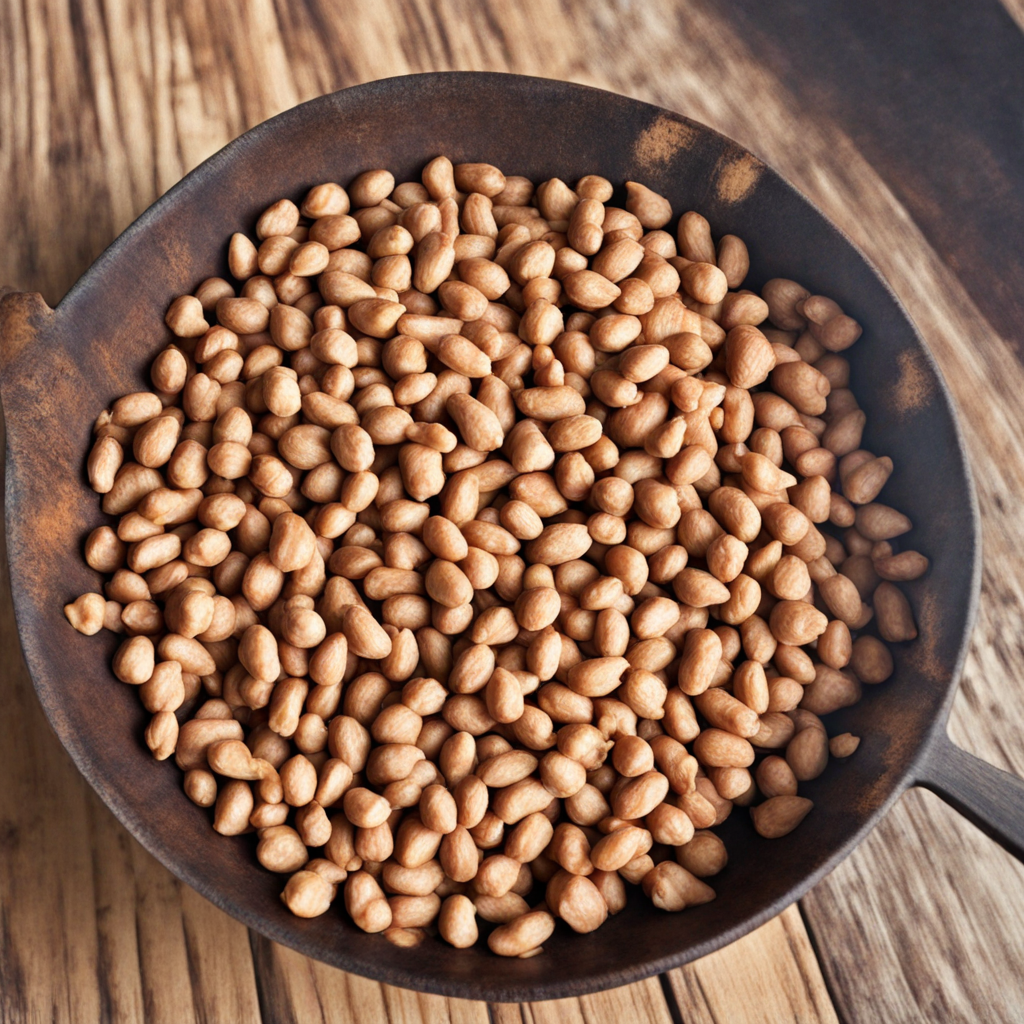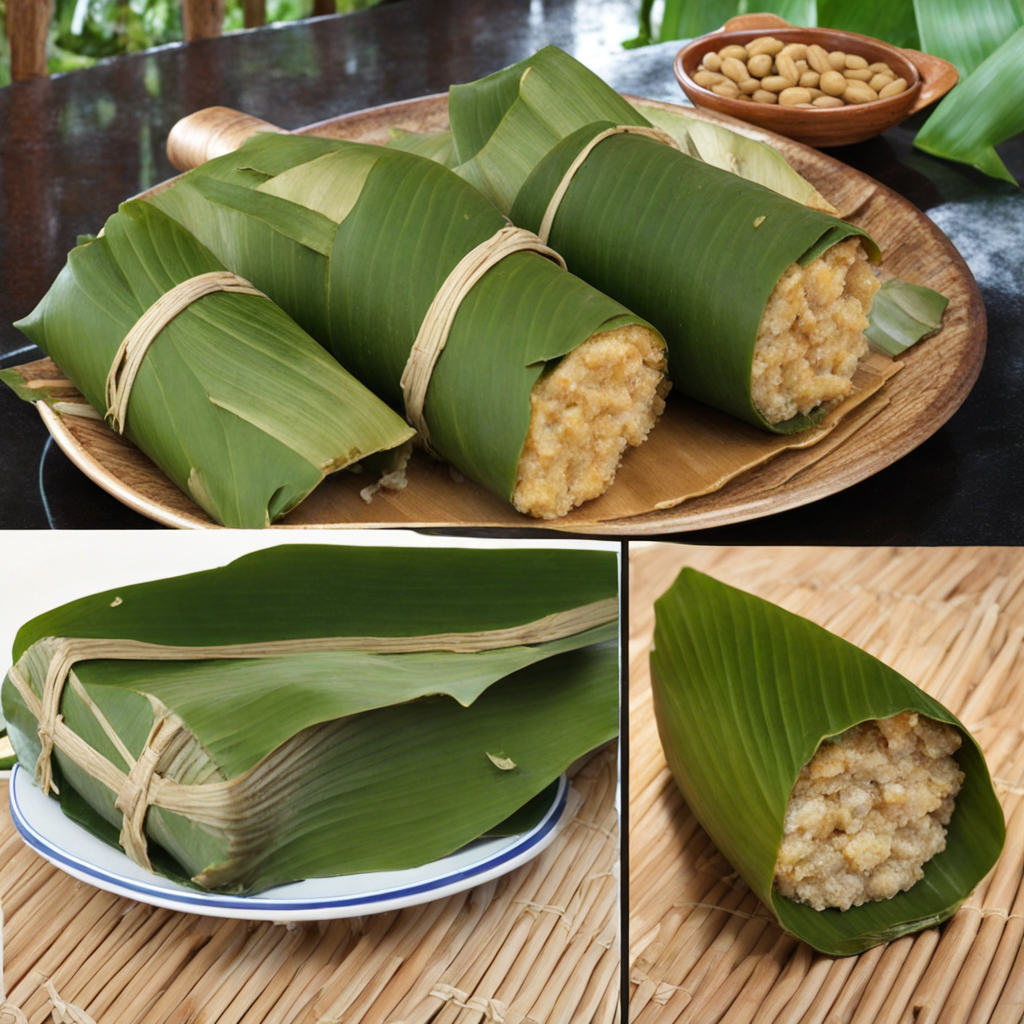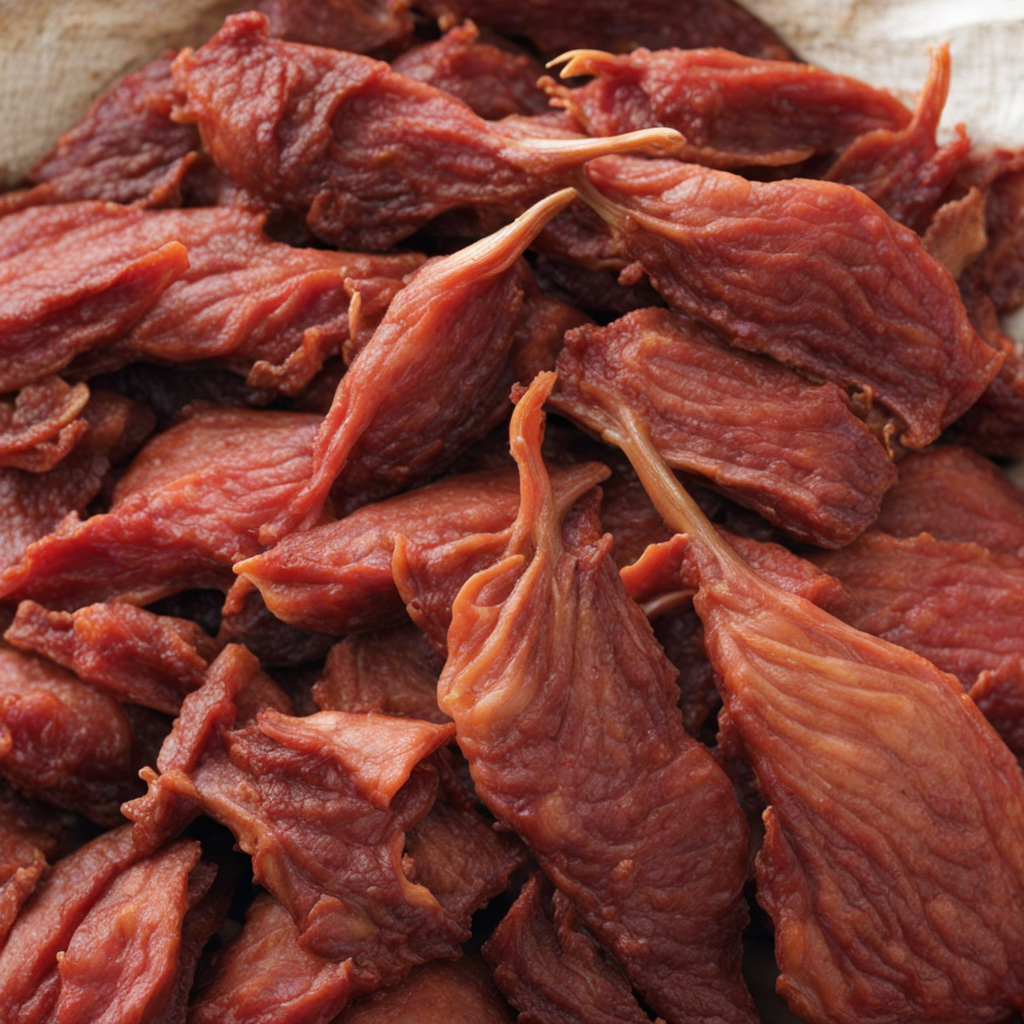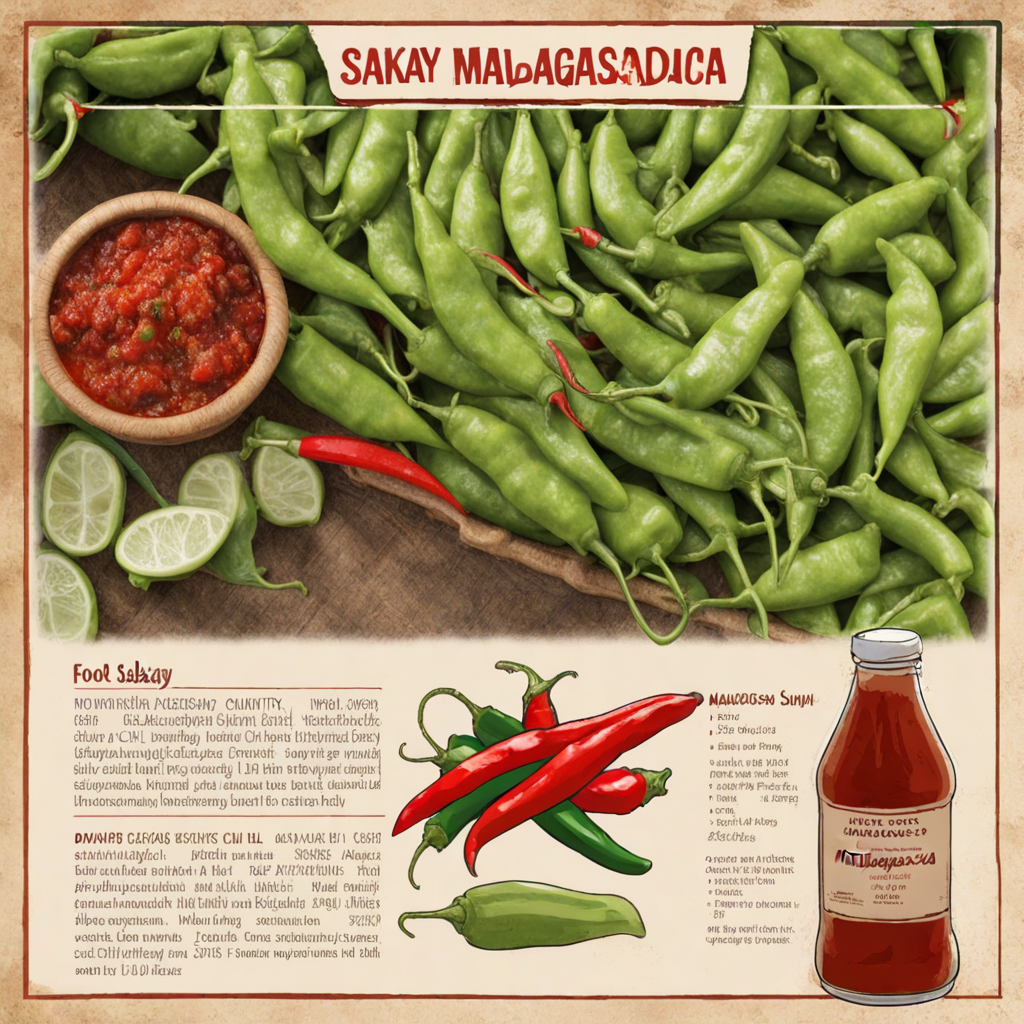Voanjobory sy Henakisoa
Voanjobory sy Henakisoa is a delightful dish hailing from the vibrant culinary landscape of Madagascar, combining the earthy flavors of local ingredients. At its core, this dish features voanjobory, or Madagascar's beloved red beans, which are renowned for their creamy texture and slightly nutty taste. These beans are typically simmered until tender, creating a hearty base that is both satisfying and nutritious. The preparation often showcases the beans' natural flavor, enhanced by simple seasonings that allow their inherent qualities to shine through. Alongside the voanjobory, henakisoa, or pork, plays a crucial role in this dish. The pork is usually marinated with a blend of aromatic spices and herbs, then slowly cooked to achieve a tender, succulent texture. This method not only infuses the meat with rich flavors but also allows it to complement the beans beautifully. The combination of the savory pork and the creamy beans creates a harmonious balance, making each bite a delicious experience that captures the essence of Madagascar's culinary traditions. Often served with a side of steamed rice, Voanjobory sy Henakisoa embodies the comfort of home-cooked meals and the cultural significance of sharing food with loved ones. The dish is a celebration of Madagascar's agricultural bounty, featuring locally sourced ingredients that reflect the island's diverse ecosystems. As you savor each mouthful, you'll not only enjoy a new taste but also a connection to the rich heritage and community spirit that defines Malagasy cuisine.
How It Became This Dish
The Culinary Heritage of Voanjobory sy Henakisoa: A Taste of Madagascar Madagascar, the fourth largest island in the world, is often described as a land of contrasts and rich biodiversity. Its unique location in the Indian Ocean has fostered an eclectic culture that blends influences from Africa, Asia, and Europe. At the heart of this cultural tapestry lies its cuisine, which is as diverse and colorful as its people. Among the many culinary delights of Madagascar, "Voanjobory sy Henakisoa" stands out as a dish that encapsulates the island's traditional flavors and agricultural bounty. #### Origins of Voanjobory sy Henakisoa Voanjobory sy Henakisoa, which translates to "red beans and pork," is a beloved Malagasy dish that showcases the island's agricultural products. The dish consists primarily of "voanjobory," the Malagasy name for red beans (often referred to as Madagascar beans or cowpeas), combined with "henakisoa," which means pork. The origins of this dish can be traced back to the agricultural practices of the Malagasy people, who have cultivated beans for centuries. Red beans, known for their nutritional value, became a staple in the Malagasy diet due to their adaptability to the island's diverse climates. The introduction of pork into the Malagasy diet is believed to have occurred during the early interactions with Arab traders and later with European colonizers. Pigs were brought to Madagascar, where they quickly became integrated into local culinary traditions, particularly in festive occasions and communal gatherings. #### Cultural Significance Voanjobory sy Henakisoa is more than just a meal; it is a symbol of community, celebration, and cultural identity. In Madagascar, food plays a vital role in social interactions and rituals. Special occasions such as weddings, harvest festivals, and religious ceremonies often feature this dish, showcasing the importance of sharing food as a means of fostering community bonds. In Malagasy culture, the preparation and consumption of food are often accompanied by rituals and practices that reflect respect for ancestors and the earth. When preparing Voanjobory sy Henakisoa, families often gather to cook together, reinforcing social ties and sharing stories. The act of sharing a meal is seen as a way to connect with one's heritage and to honor those who have come before. Moreover, the ingredients used in Voanjobory sy Henakisoa are significant in their own right. The red beans, rich in protein and fiber, are a staple part of the Malagasy diet, reflecting the agricultural practices of the island. Pork, on the other hand, has various connotations in Malagasy culture. It is often associated with wealth and prosperity and is traditionally reserved for special occasions. This dish, therefore, embodies the essence of Malagasy life—simple yet profound, nourishing yet celebratory. #### Development Over Time As Madagascar entered the modern era, the culinary landscape began to change, influenced by globalization, urbanization, and the movement of people. While Voanjobory sy Henakisoa has remained a beloved traditional dish, its preparation and presentation have evolved over time. In rural areas, the dish is often prepared using traditional methods, with families relying on homegrown ingredients. In these settings, cooking is a communal activity, with everyone participating in the preparation process. The beans are typically soaked and then simmered with pork, often seasoned with garlic, onions, and local spices, creating a hearty and flavorful meal. In urban areas, however, the dish has adapted to modern culinary practices. Chefs and home cooks alike have begun to experiment with different cooking techniques and presentations. For example, Voanjobory sy Henakisoa might be served with rice, a staple food in Madagascar, or accompanied by a variety of vegetables, adding layers of flavor and nutrition. Urbanization has also led to the fusion of culinary practices, where traditional dishes like Voanjobory sy Henakisoa are reimagined with international influences, capturing the essence of Madagascar while appealing to a broader audience. Furthermore, as Madagascar faces challenges such as climate change and economic fluctuations, there has been a renewed focus on sustainable farming practices. This shift has influenced the sourcing of ingredients for Voanjobory sy Henakisoa, with an emphasis on local and organic produce. Community-supported agriculture initiatives have gained traction, allowing families to access fresh, locally grown beans and pork while supporting local farmers and preserving traditional agricultural practices. #### Contemporary Significance Today, Voanjobory sy Henakisoa continues to hold a special place in the hearts of the Malagasy people. It is a dish that evokes nostalgia, reminding individuals of family gatherings, celebrations, and the flavors of home. In a globalized world where culinary traditions often risk being lost, Voanjobory sy Henakisoa serves as a reminder of the importance of preserving cultural heritage through food. In recent years, there has also been a growing interest in Malagasy cuisine on the international stage. Food enthusiasts and chefs around the world are beginning to discover the rich flavors and unique ingredients that Madagascar has to offer. This newfound appreciation for Malagasy food, including Voanjobory sy Henakisoa, has led to increased visibility for the island's culinary traditions, encouraging a new generation to explore and celebrate their cultural roots. #### Conclusion Voanjobory sy Henakisoa is more than just a dish; it is a reflection of Madagascar's cultural identity, agricultural heritage, and communal spirit. From its origins in traditional farming practices to its evolution in contemporary culinary spaces, this dish encapsulates the essence of Malagasy life. As Madagascar continues to navigate the challenges of the modern world, Voanjobory sy Henakisoa remains a testament to the resilience of its people and the enduring significance of food as a means of connection, celebration, and cultural preservation. The flavors of this beloved dish will continue to resonate through the generations, nourishing both body and soul while serving as a delicious reminder of a rich and vibrant heritage.
You may like
Discover local flavors from Madagascar







